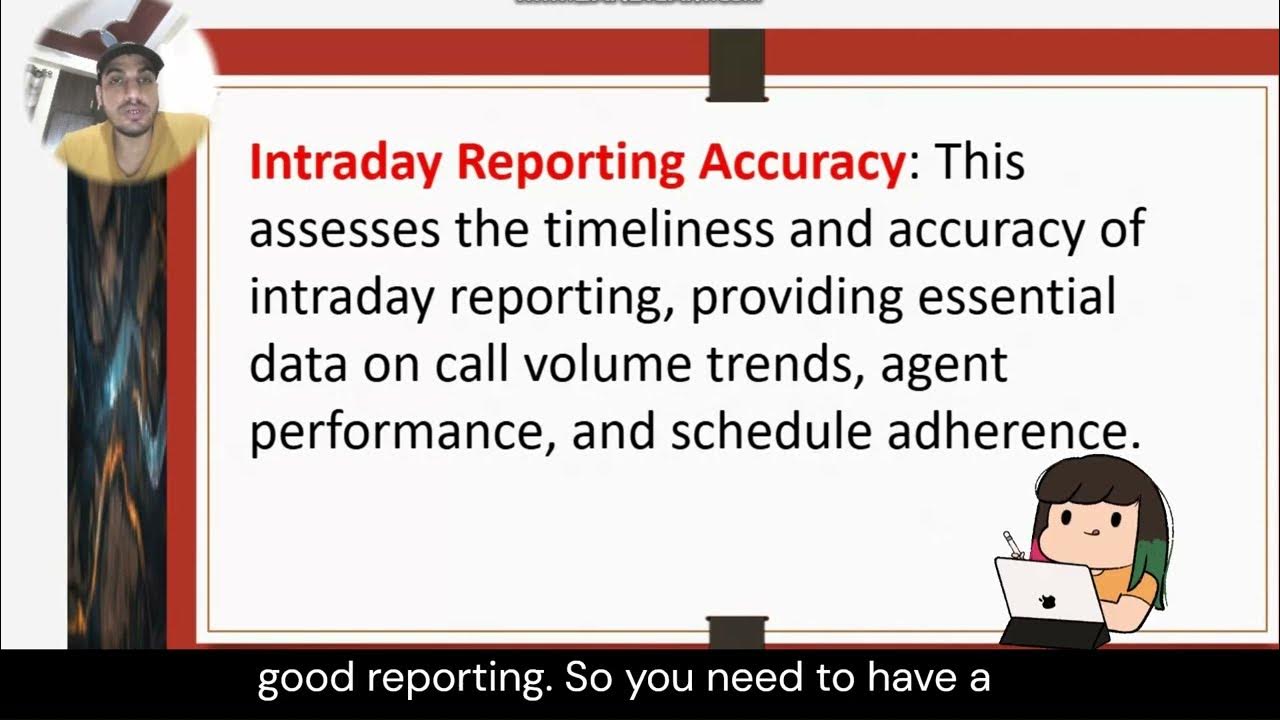The Sweet Spot (ALEX HORMOZI)
Summary
TLDRThe speaker discusses the concept of 'paired metrics' from Andy Grove's 'High Output Management', emphasizing the importance of balancing two key performance indicators for each role in a business to achieve optimal performance. Examples include sales volume versus backouts, customer service response time versus satisfaction, and inventory levels versus shortages. This approach helps manage the dichotomy between micromanagement and delegation, ensuring a balanced growth strategy and high-level performance across the organization.
Takeaways
- 📈 The concept of 'paired metrics' is introduced as a management strategy to balance performance and role within a company.
- 🤔 Paired metrics involve considering two metrics in parallel, often balancing speed or volume with quality.
- 💡 Andy Grove's 'High Output Management' is cited as a source of inspiration for this management approach.
- 🔑 Examples of paired metrics include sales volume against refunds, customer service speed against satisfaction scores, and marketing applications against qualified leads.
- 🛠 The strategy helps to avoid extremes in management, such as micromanagement or excessive delegation, by finding a balanced approach.
- 🧘♂️ The 'sweet spot' in management is about finding the right balance between the positive and negative aspects of performance metrics.
- 📚 The importance of training and onboarding is highlighted as crucial for scaling a business and maintaining high performance.
- 🌟 A strong company culture is identified as essential for retaining employees and ensuring they perform well over time.
- 🔄 The process of defining paired metrics for each role helps in setting clear expectations and understanding for employees.
- 💼 The transcript emphasizes the need for monitoring the right metrics to achieve desired outcomes and maintain high-level performance.
- 🎓 Training is reiterated as a key component in the management strategy, ensuring employees understand their goals and how to achieve them.
Q & A
What is the main concept discussed in the video script?
-The main concept discussed is 'paired metrics', a management strategy inspired by Andy Grove's book 'High Output Management', which emphasizes balancing two key metrics for each role in a company to achieve optimal performance.
Who is Andy Grove and what is his significance in the script?
-Andy Grove is the founder of Intel and an influential figure in the tech industry. His significance in the script is that his concept of 'paired metrics' is used as a strategy for setting up management metrics in a business.
What are the two types of metrics typically paired together in this management approach?
-The two types of metrics typically paired together are those that measure speed or output (like total sales or number of tickets handled) and those that measure quality (like customer satisfaction or refunds).
How does the concept of 'paired metrics' help in managing a business?
-The concept of 'paired metrics' helps in managing a business by providing a balanced view of performance, preventing the focus from being too heavily on one aspect like volume or quality, and ensuring a balanced approach to achieving business goals.
What is an example of paired metrics for a salesperson?
-An example of paired metrics for a salesperson would be the total number of sales against the number of refunds or backouts, ensuring a balance between sales volume and the quality of those sales.
What is the importance of finding the 'sweet spot' in management using parallel metrics?
-Finding the 'sweet spot' in management using parallel metrics is important because it allows for optimal performance in each role, avoiding extremes of micromanagement or excessive delegation, and maintaining a balanced approach to achieving business objectives.
How does the concept of 'paired metrics' apply to a customer service position?
-For a customer service position, 'paired metrics' could involve the speed of ticket resolution or the total number of tickets handled against customer satisfaction scores or net promoter scores, ensuring both efficiency and quality of service.
What is the role of training and culture in scaling a business according to the script?
-Training and culture play a crucial role in scaling a business as they are responsible for effectively onboarding and retaining employees. Training ensures that employees understand their roles and metrics, while a strong culture keeps them motivated and aligned with the company's goals.
Can you provide an example of 'paired metrics' for a marketing position?
-For a marketing position, 'paired metrics' could be the total number of applications or leads generated against the number of qualified applications, focusing on both the volume of marketing efforts and their effectiveness in driving quality leads.
What is the significance of balancing inventory against shortages in a physical products business?
-Balancing inventory against shortages is significant in a physical products business because it ensures that the company is not holding too much inventory, which can tie up cash and resources, but also not running out of stock, which can lead to lost sales and customer dissatisfaction.
How does the speaker suggest maintaining high-level performance over an organization?
-The speaker suggests maintaining high-level performance over an organization by setting clear 'paired metrics' for each role, training employees on these metrics, and monitoring them to ensure a balance between the desired outcomes and avoiding negative consequences.
Outlines

このセクションは有料ユーザー限定です。 アクセスするには、アップグレードをお願いします。
今すぐアップグレードMindmap

このセクションは有料ユーザー限定です。 アクセスするには、アップグレードをお願いします。
今すぐアップグレードKeywords

このセクションは有料ユーザー限定です。 アクセスするには、アップグレードをお願いします。
今すぐアップグレードHighlights

このセクションは有料ユーザー限定です。 アクセスするには、アップグレードをお願いします。
今すぐアップグレードTranscripts

このセクションは有料ユーザー限定です。 アクセスするには、アップグレードをお願いします。
今すぐアップグレード関連動画をさらに表示

Introduction to High Output Management, Andy Grove, and the Basics of Production

Introduction

7. Server Load Balancing || Load Balancing Terms and Terminology || F5 Big-IP LTM

BIKIN JOB DESC, KPI ATAU SOP DULU?

Sistem Pengendalian Manajemen Pengukuran kinerja tradisional 3

WFM Real Time Management Analyst Question💥| Real Time Analyst KPI | Workforce Management Call Center
5.0 / 5 (0 votes)
